In today’s fast-paced digital environment, businesses are constantly under pressure to do more with less. If you’re still handling repetitive tasks manually, you’re losing precious hours you could spend growing your business. With AI automation, you unlock the key to efficiency, freeing time for strategy, innovation, and customer focus. In this article, we’ll explore seven concrete ways in which AI automation can save your business 20+ hours per week, and why adopting these solutions can transform your operations. We’ll also include some SEO-rich insights like business efficiency, workflow automation, cost savings, digital transformation, process improvement, and leads generation all woven naturally into our narrative.
What is AI Automation and Why It Matters
AI automation refers to using artificial intelligence, machine learning, and software bots to automate workflows that would otherwise require human effort. It encompasses tasks like data entry, customer service inquiries, marketing outreach, and internal reporting. As businesses increasingly adopt digital transformation, AI automation becomes essential to maintain competitiveness, reduce errors, and improve productivity.
Many companies struggle with manual processes that take hours every week. Whether entering leads into a CRM, drafting repetitive emails, or collating performance data, these tasks add up. AI automation offers process optimization, reducing manual load and enabling employees to focus on strategic and creative work.
SEO tip integration: By optimizing workflow automation, business owners can improve efficiency, reduce costs, and improve customer satisfaction ultimately improving search engine visibility when content is created about these topics.
Way 1 – Automate Customer Support with AI Chatbots and Virtual Agents
24/7 Coverage Without Extra Headcount
One of the most time-sucking areas in any business is responding to customer queries. Whether via website chat, email, or social media, frequently asked questions eat up hours. AI powered chatbots and virtual agents can handle common queries instantly and around the clock. This reduces the need for human intervention except when escalation is required. The result: you save multiple hours per day that staff would otherwise spend answering repetitive questions. Over a week, that can easily be 5-10 hours gained.
Personalization and Learning Over Time
Advanced AI solutions can analyze past customer interactions, improving responses based on patterns. As they learn, bots can offer personalized solutions, predict needs, and proactively suggest information. That reduces back-and-forth emails, follow-ups, and corrections which all eat into your business efficiency and cost savings.
Way 2 – Streamline Marketing with Automated Campaigns and Content Scheduling
Automated Email Marketing Saves Time
Manually crafting and sending promotional emails, newsletters, and follow-ups is labor-intensive. But with email marketing platforms that use AI to automate drip campaigns, segmentation, and content recommendations, you can schedule content in advance, recycle successful templates, and trigger emails based on customer behavior. This kind of automation can recover 3-5 hours every week that would otherwise be invested in manual campaign management.
Social Media and Content Publishing
From posting on social media to scheduling blog or video releases, content marketing involves planning, creating, editing, and publishing. AI tools assist with scheduling posts, optimizing posting times, suggesting content ideas (based on trending topics), and even repurposing content across platforms. This reduces the content calendar workload and helps your team maintain consistency without overwork.
Way 3 – Automate Data Entry, Reporting, and Analytics
Automatic Data Collection and Integration
Imagine systems that fetch sales data, customer feedback, inventory levels, and website metrics automatically, integrating into dashboards without manual data entry. AI automation in data collection cuts down on errors and ensures that decision-makers always have up-to-date information. Instead of spending hours each week compiling spreadsheets, you have reports ready at a glance.
Predictive Analytics to Inform Decisions
Using machine learning models, AI can forecast trends such as customer churn, product demand, or sales performance. These predictions allow you to plan staffing, inventory, and promotions proactively. Because you no longer wait to react, you save time in strategy meetings and avoid firefighting, saving hours in analysis and planning.
Way 4 – Automate Internal Processes: HR, Accounting, and Workflow Management
HR and Employee Management Automation
Onboarding, timesheets, leave approvals, performance reviews these are essential but often repetitive. AI powered HR platforms automate many of these tasks, sending reminders, generating reports, and allowing self-service for employees. That can free HR teams from low-value administrative tasks so they focus on talent development.
Finance and Accounting Automation
From invoice processing to payroll, AI tools can automate mundane tasks that are prone to human error. Automated expense tracking, reconciliation, and even tax compliance assistance help reduce manual effort and save hours every week. Ensuring accuracy also minimizes time spent correcting mistakes later.
Workflow Automation Across Departments
Workflow tools allow you to map out processes and automate handoffs e.g. when a sales lead moves to customer support, or when marketing needs approval from legal. Reducing bottlenecks, alerting stakeholders, and triggering follow-ups automatically ensures smoother operations and less time lost in communication delays.
Way 5 – Automate Sales Processes and Leads Generation
Lead Scoring and Enrichment
In many businesses, reviewing every potential lead manually wastes time. AI can score leads based on behavior, demographics, and past interactions, enriching data automatically so that your sales team focuses only on the most promising prospects. That saves hours every week while improving conversion rates.
Automated Outreach and Follow-ups
Email sequences, reminders, proposal drafts all can be automated. AI systems can send follow-ups when leads don’t respond, trigger reminders for calls, or generate proposals using predefined templates. This ensures leads aren’t forgotten and that your sales funnel moves steadily forward without constant manual tracking.
Way 6 – Automate Customer Feedback and Sentiment Analysis
Gathering Feedback Automatically
Rather than manually sending surveys or emails asking customers to rate your service, AI automation platforms can trigger feedback requests at key customer journey points—after purchase, after service delivery, or after support resolution. Automatically collected feedback can flow into your dashboard, giving real-time insight into customer satisfaction.
Sentiment Analysis to Prevent Problems Early
AI tools can scan social media, reviews, and customer messages to detect sentiment. If negative sentiment spikes, alerts can notify the team so they can intervene before issues escalate. That proactive approach saves time handling complaints later and protects brand reputation.
Way 7 – Automate Routine IT, Maintenance, and Security Tasks
Proactive Monitoring and Maintenance
Systems that monitor server health, application performance, backups, and network security can alert you automatically when something goes wrong or even fix issues when certain thresholds are crossed. This reduces manual checking and firefighting, saving hours of unplanned downtime investigations.
Scheduled Updates and Patch Management
Applying updates, patching vulnerabilities, and maintaining compliance are necessary but often overlooked due to the manual labor involved. Automating these tasks ensures your systems are secure without diverting staff attention from higher-value tasks.
Putting It All Together – How to Implement AI Automation Effectively
To genuinely save 20+ hours per week, it’s not enough just to buy tools you must embed automation thoughtfully.
Identify the Bottlenecks First
Start by mapping out all workflows: what tasks take the most time, where delays occur, and which processes have repetitive work. Use time tracking or employee interviews. That helps you prioritize which automation efforts will yield the highest return on investment.
Choose Tools That Integrate Well
AI automation tools only pay off if they work together. Choose platforms that integrate with your CRM, email system, accounting software, etc. Seamless integration means data flows without duplication and errors, further boosting business efficiency.
Train Your Team and Monitor Metrics
Even the best tools are useless if people don’t use them properly. Educate your staff on how to use automation tools, set expectations, and monitor key performance indicators like task completion times, response time to leads, and error rates. Adjust workflows as needed. Over time, you’ll see incremental improvements compounding to substantial time savings.
Iterate and Scale
Start small with high-impact areas (for example, automating customer support or sales outreach), measure results, then expand automation to other departments. Scaling gradually ensures you avoid pitfalls and ensure every automation aligns with your strategic goals.
Real-World Case Studies
Small E-commerce Business Example
A small online store selling handmade products implemented automated email follow-ups, chatbots, and inventory alerts. They reduced manual customer support time by nearly 8 hours per week and cut response time to new orders significantly. That allowed the owner to focus on product design, marketing strategy, and scaling operations.
Service Business / Agency
A digital marketing agency adopted lead scoring, proposal generation automation, and automatic client onboarding sequences. Instead of manually sending proposals, following up, and scheduling every call, they saved more than 10 hours weekly. More productivity meant more capacity to take new clients without hiring immediately.
Larger Enterprise
A mid-sized firm in logistics automated scheduling, route planning, maintenance alerts, and staff shift management. They also integrated data analytics for demand forecasting which helped avoid overstaffing. Overall, cumulative automation saved 20-30 hours weekly across departments which translated to cost savings, better customer service, and more strategic meetings.
Common Challenges and How to Overcome Them
While AI automation brings many benefits, certain challenges must be addressed to ensure success.
Resistance to Change
People naturally resist unfamiliar systems. Overcoming this requires clear communication, demonstrating value, and involving employees in selecting tools. Showing them how automation can remove tedious tasks and let them focus on more interesting work helps build buy-in.
Data Quality Issues
Automated systems depend on clean, accurate data. If your CRM or database has errors, duplicates, or missing fields, automation can magnify rather than fix those problems. Before rolling out major automation, audit and clean your data to avoid wasted time correcting mistakes.
Choosing the Wrong Tools
Not every AI tool suits every business. Picking tools without proper integrations, or with steep learning curves, can cause more overhead than they save. Try demos, trial periods, and speak to other companies who’ve used them to ensure they align with business needs.
Security and Privacy Concerns
Automating customer data, feedback, and emails involves handling sensitive information. Ensure your tools comply with data protection regulations and use secure protocols. Well-implemented security avoids the time and cost associated with breaches or compliance failures.
Measuring Your Time Savings and ROI
To ensure that automation efforts are paying off, you need measurable metrics.
Set Baseline Measures
Before implementing automation, record how long repetitive tasks currently take. Examples include customer support response time, hours spent on manual data entry, marketing campaign setup time, etc. This gives you a baseline to compare against once automation kicks in.
Track Key Performance Indicators
Monitor metrics like:
- Reduction in manual hours per week
- Response time improvements
- Customer satisfaction ratings
- Number of leads processed vs leads ignored
- Cost savings per month
These indicators will show whether you are achieving the expected business efficiency gains.
Estimate Financial Return
Time saved translates into money saved or revenue earned. Multiply the hours saved by the value of staff time or opportunity cost. Sometimes freed-up hours let you take on more clients, innovate new services, or re-allocate resources to growth, which boosts profitability.
Conclusion
If you implement these seven ways of AI automation customer support chatbots, marketing automation, data and reporting, internal workflows, sales and leads processes, feedback and sentiment tools, and IT maintenance you can realistically free up 20+ hours per week for your business. Those extra hours can be invested in innovation, strategy, client relationships, or scaling up your services.
You don’t need all tools at once; start with the areas that waste the most time now. Prioritize integration and training so your team embraces change and maximum lead generation and cost savings follow naturally. When your operations become smoother, customer experience improves, you close more sales, and your brand reputation grows.
Use process improvement, business efficiency, and workflow automation as guiding pillars. Digital transformation isn’t just a buzzword it’s the way modern companies unlock sustainable growth. For a tailored plan to integrate AI automation into your operations, contact Soraia at +39 3513850536 or +33 769318855.
FAQs
Q1: How quickly can I expect AI automation to save 20+ hours per week?
A: It depends on how many repetitive processes you already have and how fast you implement automation. For many businesses, savings begin within 2-4 weeks after automating high-traffic areas like customer support and lead follow-ups.
Q2: Will automation replace jobs in my company?
A: Not necessarily. When used properly, automation complements human work. It removes low-value, repetitive tasks so employees can focus on creativity, strategy, relationship building, and higher-value tasks. Often productivity increases, allowing you to grow rather than reduce staff.
Q3: Is AI automation expensive for small businesses?
A: There are many tools at different price points. Some AI platforms offer affordable plans suitable for small businesses. Because you often recover cost immediately through time savings and increased leads, ROI can be very high even for modest investments.
Q4: How do I ensure security and privacy with AI tools?
A: Choose vendors that comply with relevant regulations, use encryption, provide audit trails, and limit access controls. Always review their privacy policies, run penetration tests if needed, and train your staff on best practices. Good security avoids cost and reputation losses.
Q5: What if my data is messy will automation still help?
A: Automation works best with clean data. Before implementing, conduct data cleanup: remove duplicates, standardize fields, and maintain consistency. Many tools offer built-in data deduplication and normalization; using those features helps ensure smoother automation.




.avif)
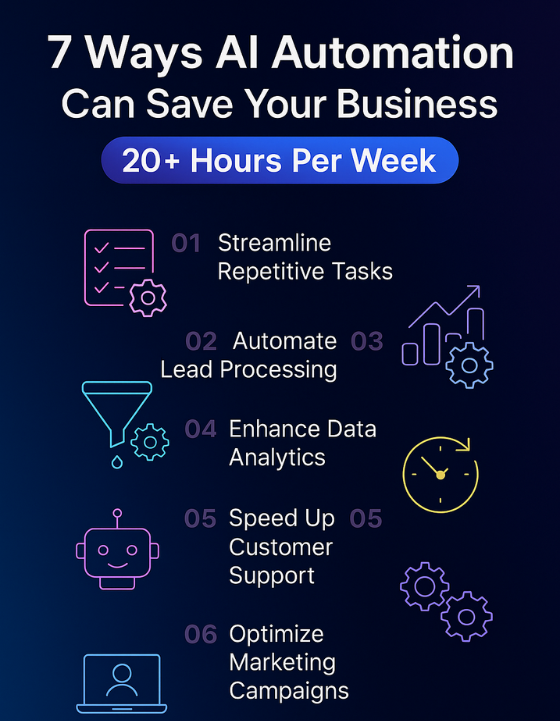

.jpg)
.jpg)

.png)
.png)

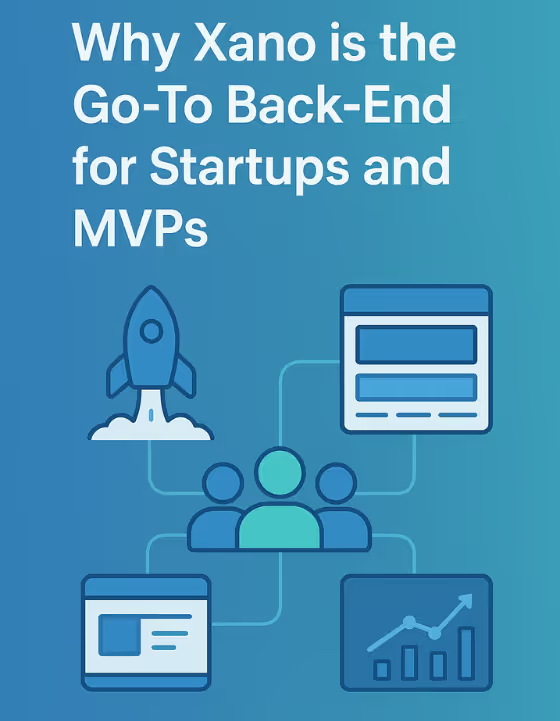


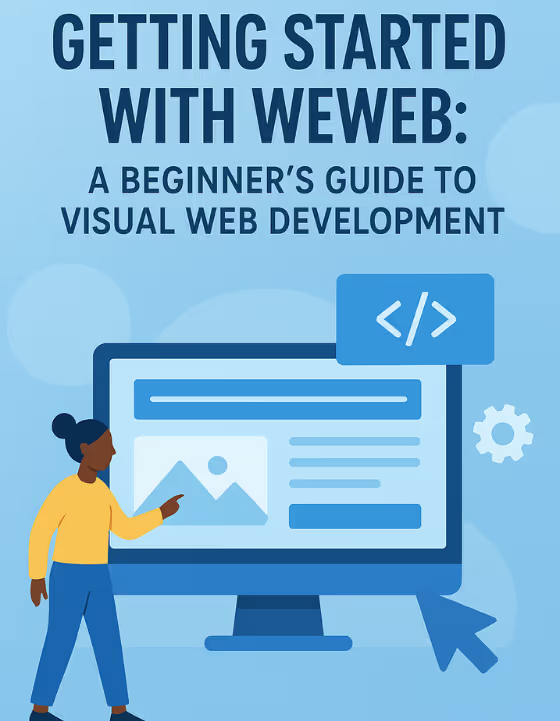
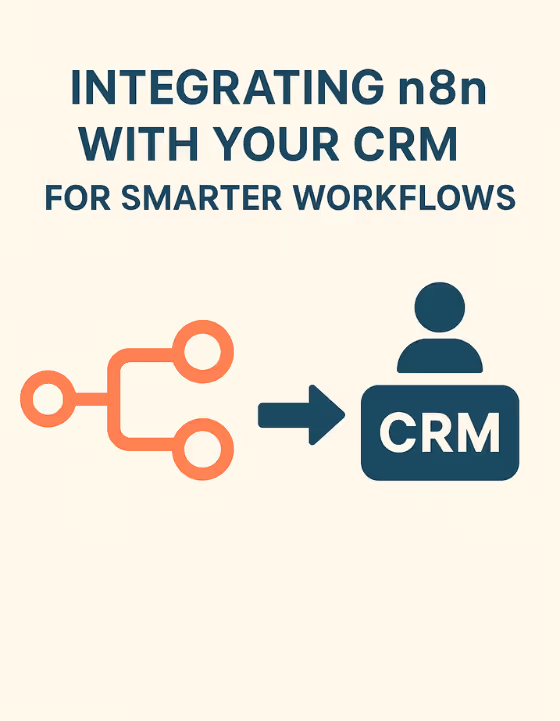
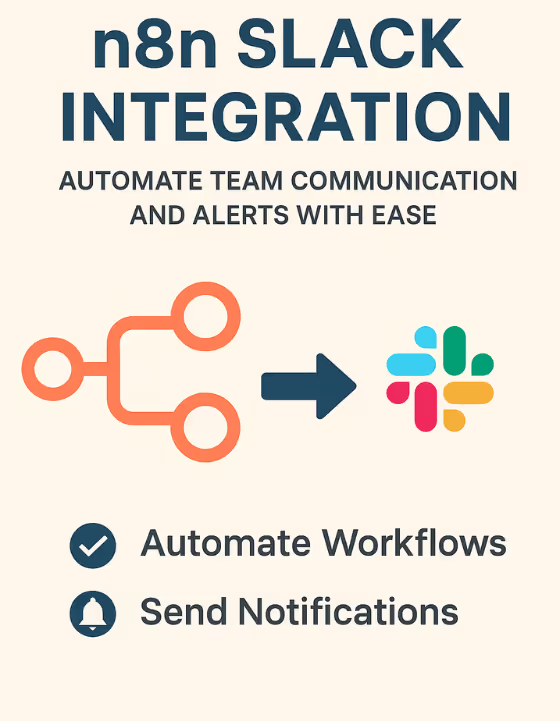














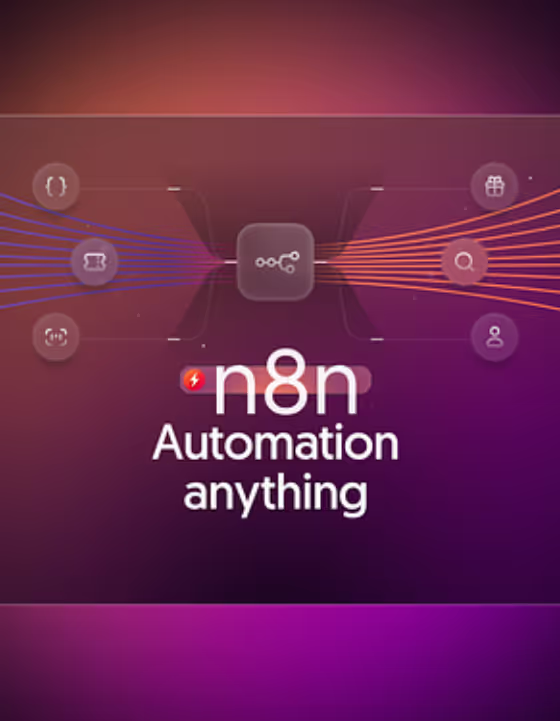



.avif)























.avif)














.avif)

.webp)





